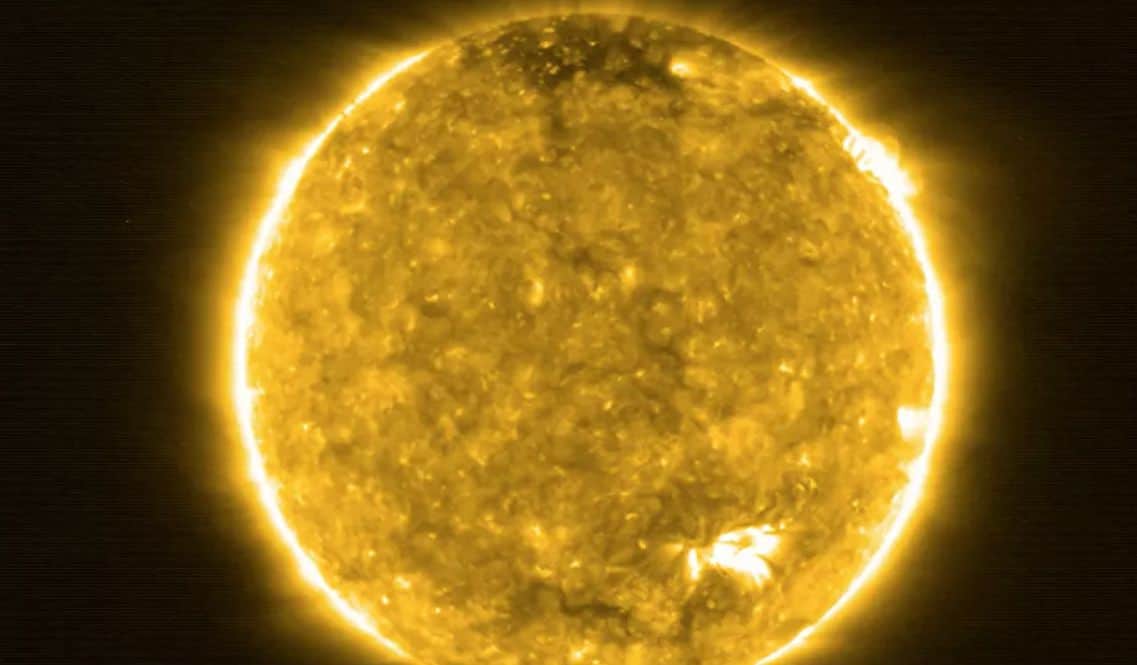Although Equinox is not the best time to balance an egg, it heralds the arrival of boreal autumn, cooler temperatures and shorter days for the northern hemisphere, where around 90% of the world’s population lives. For the southern hemisphere, it means the opposite: warmer weather and the beginning of spring.
To illustrate what happens to the Equinox, Dr James O’Donoghue, a planetary scientist at the Japan Aerospace Exploration Agency, created an animation that clearly summarizes how these phenomena work, along with their relationship to Solstices.
Solstices and Equinoxes are products of Earth’s Axial Tilt: the degree to which the planet is tilted relative to the Sun.
The axis around which the Earth rotates is about 23.5 degrees, so different parts of the planet are exposed to a greater or lesser degree to sunlight as the planet rotates around the star. This is why we have seasons and the northern and southern hemispheres experience seasons at opposite times: during winter in the northern hemisphere, the southern hemisphere leans more towards the Sun, and vice versa.
The most dramatic effect of Axial tilt occurs during the Solstices, as these are two days when one side of the planet is tilted farther from the Sun and the other, closer. On December 21, the northern hemisphere receives less than nine hours of daylight, while the southern hemisphere receives more than 15.
During Summer Solstice, “sunlight is more intense as it only has to pass through a short column of atmosphere,” O’Donoghue explained on Twitter. That’s why it’s hot during the summer in general.
It's Summer Solstice 20 June, 2020 at 21:44 UTC. The northern hemisphere is now exposed to sunlight for the longest duration *per day* and sunlight is most intense as it only has to pass through a short column of atmosphere – that's why it's hot! All thanks to Earth's axial tilt. pic.twitter.com/FVqQVRLUUf
— James O'Donoghue (@physicsJ) June 20, 2020
The two times of the year when the Earth’s axis is not tilted to or away from the Sun, which leads sunlight to hit the northern and southern hemispheres alike, are Equinoxes. These days, both hemispheres of the planet experience 12 equal hours of sunlight and darkness.
So if someone were to stand directly at the equator at 1:30 pm GMT on September 22, their shadow would be at its absolute minimum and the Sun would also appear almost directly above. But the moment without shadow would be fleeting since the Earth is moving around the Sun at approximately 107,182 km / h.
